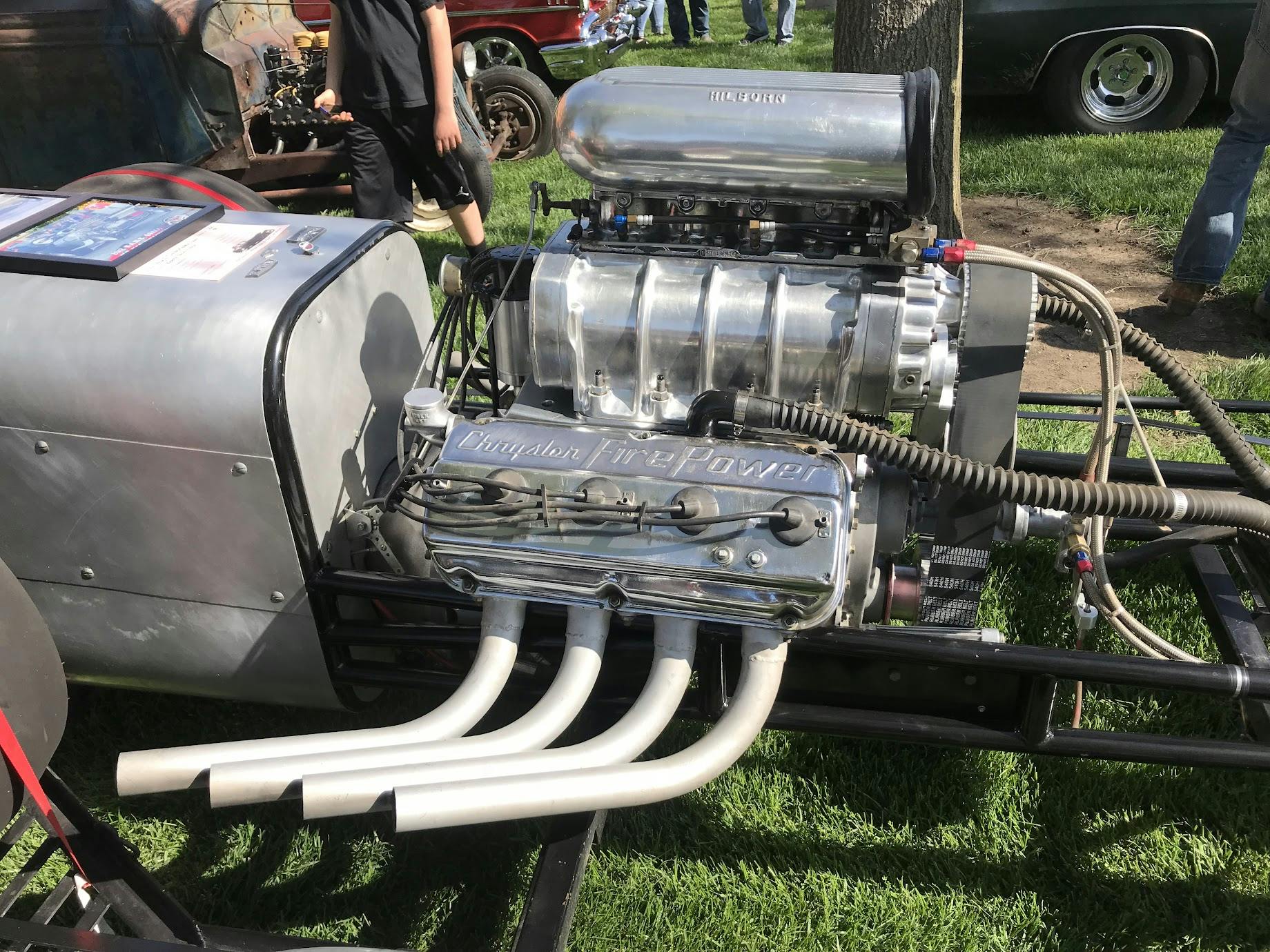Media | Articles
Is All Exhaust Backpressure Bad?
The most basic understanding of an engine centers around how air flows through it. Air gets drawn in, compressed with fuel, then pushed out. The idea is simple enough, but the physics behind it are incredibly complex. Decades of debates have turned half-truths into facts, and Banks Power has swooped in to correct the record and clarify a few of the myths, specifically about exhaust, that have been parroted for a long time.
I know these myths exist and can catch anyone, because I have been guilty of saying things like “an engine needs some exhaust backpressure” with a straight face myself. I’ve since learned better but the books that taught me aren’t as illustrative and clear as this Banks video breaking down the ins-and-out of exhaust backpressure.
Backpressure is created by any restrictions or impediments to the flow of exhaust gases on their journey from the combustion chamber to the tip of the tailpipe. Some are necessary, like bends in the exhaust to route around suspension or running gear, while others are not required but sure are nice, like mufflers or turbochargers. Backpressure is nearly unavoidable but can also be leveraged for our benefit. The force to push exhaust gas out from the combustion chamber comes from the power stored in the crankshaft, and short of somehow creating a vacuum that pulls the exhaust out (we’ll get to scavenging in a minute), there will always be a little power loss from expelling exhaust gases.
Which means the attempt might be to eliminate backpressure but the reality is trying to minimize it. Maybe that is where the myth of needing a little resistance comes from. Banks theorizes that the myth started with exhaust salesmen in the 1950s who were tasked with selling mufflers that were more restrictive than stock and said anything to make the sale. Could this have worked and worked well enough that people are still repeating it 70 years later? Maybe. We may never know.

What we do know for certain is that backpressure is not needed and cleaning up the path of exhaust flow is a relatively easy way to free up some horsepower. A well designed exhaust will actually use the pulses of hot gases to help evacuate other cylinders which allows even more efficient running. This is called scavenging and is actually negative backpressure. It can be great, but takes a lot of engineering to achieve. Log style manifolds will never have this, and most affordable header designs don’t do it either. Banks has a great bench-top demonstration of how a header can scavenge.
Marketplace
Buy and sell classics with confidence

So, is backpressure needed? Short answer, no. It’s not always the lowest hanging fruit to freeing up power, but if you get into tuning your engine on a long enough timeline you will probably end up thinking long and hard about your exhaust. I know I did and am currently enjoying an increase in performance along with the great sound.
***
Check out the Hagerty Media homepage so you don’t miss a single story, or better yet, bookmark it. To get our best stories delivered right to your inbox, subscribe to our newsletters.














Strange that you didn’t mention exhaust in- ’10 Factors that Influence an Engines Character ‘ and that no one brought it up….unless.
I have seen many customers with cars that retain the O2 sensors have issues. The exhaust flows too much and the sensors have inaccurate reading. Then the check engine light that never goes away.
Is there a solution to this?
Maybe a different O2 sensor?
I imagine another factor that applies to his anecdote is the fact that a lot of people prefer to go catless as well and that opens a whole can of worms. Speaking from experience, the best solution would be to put a tune on the vehicle to account for the upgrades.
Likely installed in the wrong location.
They don’t like condensation and they can’t be too far from the engine.
As other replies have alluded to – while reducing backpressure can always result in improved breathing it does not always equate to a better running engine.
There are other related factors that need to be taken into account and possibly parts changed to get the full benefit.
A timing adjustment
Carb/fuel injection adjusts
Even sensors might need to be replaced.
An engine really needs to be looked at as a whole system when making major changes.
Another thing to consider is that steel headers (as opposed to the cast iron manifolds) will put a lot more heat into the engine compartment. Additional cooling fans may be in order.
There’s an episode of Engine Masters from a while back that debunked the myth of “needing a little back pressure”. I can see where the theory may have arisen from considering the pressure waves of the intake & exhaust tracts, but it doesn’t test out to be true.
The video from Banks was fun to watch.
For an engine that is always running at high revs, less back pressure (and scavenging) will give better performance. For regular street use, the back pressure helps the engine get to operating temperature (and better efficiency) more quickly.
Some two-stroke engines were designed to use back-pressure to prevent intake charge from exiting the exhaust port before it could close. They run cleaner (fewer exhaust hydrocarbons) and make more power with some back-pressure. Expansion chambers use a reflected shock wave to accomplish this with less overall back-pressure needed.